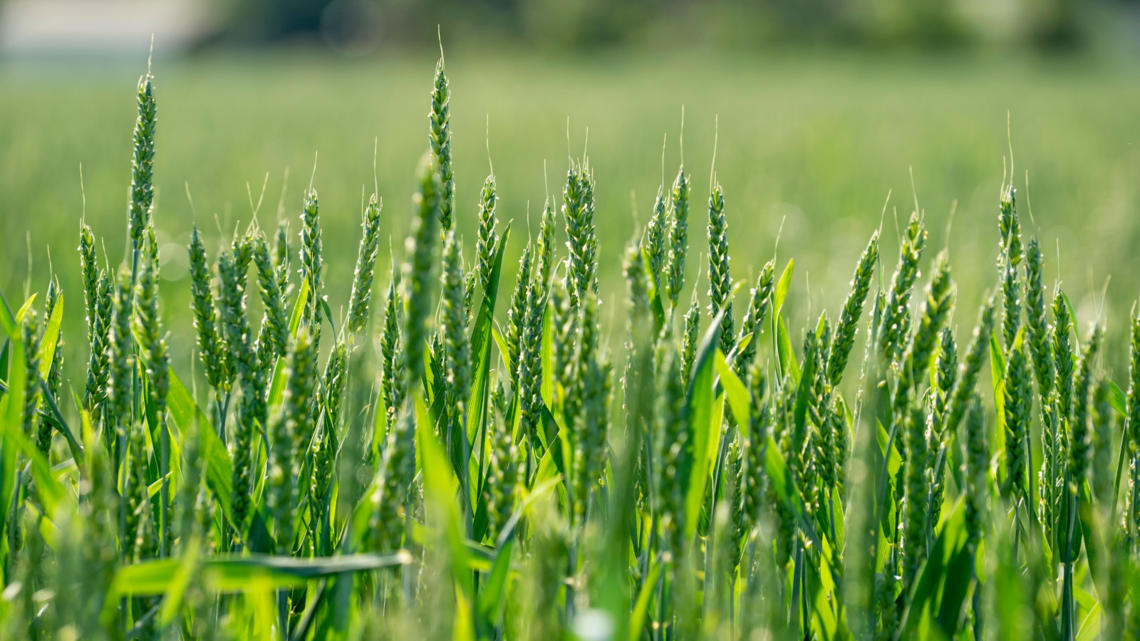
Increasing returns on agriculture involves implementing various strategies and practices to enhance productivity, efficiency, and profitability. Here are some steps you can consider:
- Soil Management:
- Soil Testing: Regularly test your soil to determine nutrient levels and pH. This helps you apply the right amount of fertilizers and soil amendments.
- Fertilization: Use fertilizers judiciously based on soil test results to provide essential nutrients for optimal plant growth.
- Organic Matter: Incorporate organic matter like compost, cover crops, and crop residues to improve soil structure, water-holding capacity, and nutrient availability.
- Crop Selection and Rotation:
- Choose Suitable Crops: Select crops that are well-suited to your climate, soil type, and market demand.
- Crop Rotation: Rotate crops to prevent soil degradation, pest buildup, and nutrient depletion. This can also reduce the need for chemical inputs.
- Water Management:
- Irrigation Efficiency: Use efficient irrigation methods like drip or sprinkler systems to minimize water wastage and ensure plants receive the right amount of water.
- Rainwater Harvesting: Collect and store rainwater to supplement irrigation during dry periods.
- Pest and Disease Management:
- Integrated Pest Management (IPM): Implement IPM strategies, including biological controls, cultural practices, and targeted pesticide use, to manage pests and diseases sustainably.
- Technology and Innovation:
- Precision Agriculture: Use technology like GPS, remote sensing, and data analytics to optimize planting, fertilizing, and harvesting, reducing input waste and increasing yields.
- Genetically Modified Organisms (GMOs): Explore GMO crops that are engineered to resist pests, diseases, and environmental stressors.
- Mechanization:
- Farm Machinery: Invest in appropriate farm equipment to mechanize tasks such as planting, harvesting, and weed control, reducing labour costs and improving efficiency.
- Market Access and Diversification:
- Market Research: Understand market trends and consumer preferences to produce crops that are in demand.
- Value-Added Products: Consider processing your produce into value-added products like jams, sauces, or packaged goods to fetch higher prices.
- Education and Training:
- Stay Informed: Attend workshops, seminars, and training programs to keep up with the latest agricultural techniques and technologies.
- Networking: Connect with other farmers, researchers, and experts to share knowledge and experiences.
- Financial Management:
- Budgeting: Create a comprehensive budget that includes all costs and projected revenues to help you make informed decisions.
- Cost Reduction: Identify areas where you can cut costs without compromising on quality.
- Sustainable Practices:
- Conservation Tillage: Adopt minimum or no-till practices to reduce soil erosion and improve soil health.
- Agroforestry: Integrate trees and other perennial crops into your farming system to enhance biodiversity, improve microclimates, and provide additional income sources.
Remember that successful agriculture often requires a combination of these strategies tailored to your specific circumstances. Regular monitoring, adaptation, and a willingness to learn and innovate are key to achieving sustainable and profitable returns in agriculture.
Financial and Business expert having 30+ Years of vast experience in running successful businesses and managing finance.





